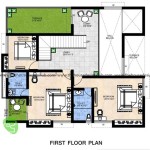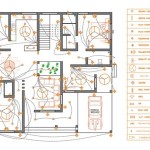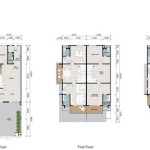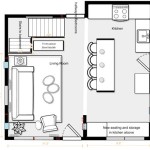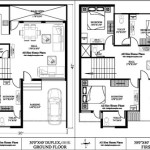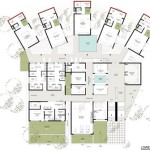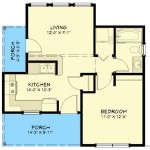Building Plans for Houses in Kenya: Essential Aspects
Building a house is a significant undertaking, and in Kenya, obtaining proper building plans is crucial to ensure a safe and legal construction process. These plans provide a blueprint for the project, outlining the design, materials, and construction methods to be used. Understanding the essential aspects of building plans for houses in Kenya is essential for homeowners and developers.
Legal Requirements
In Kenya, it is mandatory to have approved building plans before commencing construction. The National Building Regulations (NBR) set forth the guidelines and standards for building construction in the country. Non-compliance with these regulations can result in penalties or even demolition of the structure.
Design Considerations
Building plans should reflect the desired design and layout of the house. They include floor plans, elevations, sections, and details that illustrate the size, shape, and arrangement of rooms, windows, doors, and other architectural features. Architects or designers typically prepare these plans, considering the client's requirements, the site conditions, and the NBR standards.
Structural Integrity
Building plans must ensure the structural integrity of the house. They specify the materials and techniques to be used for the foundation, walls, roof, and other load-bearing elements. Engineers develop these plans, ensuring that the structure can withstand expected loads, including live loads (occupants and furniture) and dead loads (the weight of the building itself).
Material Selection
Building plans should clearly indicate the materials to be used for different components of the house. This includes the type of bricks or blocks for walls, the roofing material, the flooring, and the finishes. The selection of materials should consider cost, durability, availability, and aesthetic appeal.
Electrical and Plumbing Systems
Building plans must include detailed plans for the electrical and plumbing systems. These plans show the location of outlets, switches, light fixtures, and electrical panels. They also specify the pipe sizes, fixtures, and drainage systems for the plumbing system. Proper planning of these systems ensures the safe and efficient operation of the house.
Fire Safety
Building plans should incorporate fire safety measures. They should indicate the location of fire exits, fire extinguishers, and smoke detectors. Fire-resistant materials and construction methods may also be specified to minimize the risk of fire spread.
Approval Process
Before construction can begin, building plans must be approved by the relevant authority. In Kenya, this typically involves submitting the plans to the County Government for review and approval. The approval process ensures that the plans adhere to the NBR standards and local regulations.
Obtaining building plans for houses in Kenya is essential for legal compliance, structural safety, and efficient construction. By understanding the essential aspects of building plans, homeowners and developers can make informed decisions and ensure a successful building project.

2 Bedroom House Plan In Kenya With Floor Plans Amazing Design Muthurwa Com Two Simple

10 Things To Consider In A House Plan Ck

House Plans Kenya Free Copies To Co Ke Floor Plan Design Home Guest

House Designs Kenya Plans By Maramani

Creating Great 3 Bedroom House Plans In Kenya On Narrow Lots Avada Architecture

What To Consider When Selecting House Plans In Kenya

Simple 3 Bedroom House Plan For A Small Family In Kenya Muthurwa Com Bungalow Design Plans

Msn

Multi Y House Plans Are They Worth The Extra Cost Avada Architecture

Affordable Two Bedroom House Plans In Kenya


